When I was in middle school, I was fascinated by the concept of speed reading—the possibility of letting my eyes race over pages of words with the speed, grace, and agility of a figure skater on sheets of pristine ice. Gliding. Barely making contact with the surface. But understanding, through that race toward goals never clearly quite in focus, that time was an adversary to be challenged by speed that packed the deepest, richest experiences possible into each moment we are granted—the antithesis of a wonderfully paradoxical Latin phrase I have grown to very much admire over the past several years: Festina lente (Make Haste Slowly).
My love of the concept of speed reading left me with a great sense of anticipation after I eagerly enrolled in a six-week summer-school course designed to provide learners with the ability to read and absorb content at speeds hitherto only imaginable through dreams and fantasies. And it was with a great sense of disappointment that I arrived in that “portable classroom”—one of several temporary structures filling a parking lot just beyond the more permanent buildings of that particular campus as if in recognition that was what taking place there was not designed to be part of the more well-established permanent campus that served students in that particular neighborhood—to learn, on day one, that the speed-reading course materials had not arrived. And would not arrive. So the speed-reading course was reverting to a more traditional English Literature survey.
The disappointment did not last long. Thanks to a wonderful English teacher (Peggy Cornell) who knew exactly how to inspire a love of literature in our mother tongue, I was introduced to a variety of writers ranging from Charles Dickens to Daphne Du Maurier. Although she didn’t have the resources to deliver on the promise of radically increasing the speed at which we read, she pursued a highly ambitious program that had us devouring quite a few books in that short period of time and, in the process, making at least some of us even more aware than we already were of how much there was to read and how little time we had to read even a fraction of all that was so enticingly available to us.
Over the years, I have eagerly devoured numerous fiction and nonfiction works in English, and occasionally ventured (with varying levels of success) into works in Japanese, French, Spanish, and Italian. (Out of all of them, the dives into Italian-language books, particularly fiction as well as nonfiction from Italo Calvino and Andrea Camilleri—including Camilleri’s lovely collection of essays, Certi Momenti, which, sadly, does not yet seem to have been translated into English—have been most fruitful and long-lasting.) There are times when I race through books because I need to finish them for a project I am pursuing or because I need to return them to my local library before they become due. There are other times when I race through them only because I suspect they hold something that would be useful to me even though I’m not finding them particularly enjoyable. While reading fiction—particularly mysteries by writers including Kelley Armstrong, Michael Connelly, Margaret Maron, Walter Mosley, Marcia Muller, and, most recently, Christoffer Carlsson (Blaze Me a Sun) and Emily J. Edwards (the Viviana Valentine playfully noirish send-ups)—I find myself racing toward the conclusion of the novels because I am completely immersed in the worlds the writers have created and want to experience them with the smallest number of interruptions possible.
I have also, during the course of those many years of reading, seen my attitudes toward and perceptions of what reading entails evolve tremendously. As a teenager, I felt as if reading made time travel possible: I could be in any period of time, in any place, through the eyes (and words and imagery) of the writers whose work I was devouring. As an adult traveling and living for extended periods of time in Israel and Italy, I found books in English and other languages to be among the tools available to me to open doors to levels of understanding about the people, places, and cultures I was encountering. As an adult learner engaged in a massive open online course that combined an intensive reading of a printed publication with online explorations of sources that the writer had incorporated into his own nonfiction work, I became aware of how the act of reading no longer was controlled or limited by what appeared between the covers of a printed page; by reading the book while also following links to online articles the author cited, reading that particular book made the book something comprised of the physical object and the online resources I was exploring.
There have been times, as I noted in a recent post here on my Building Creative Bridges blog, when I’ve been lucky enough to have people around me who want to do more than simply race through a book and move on to the next one on an ever-growing pile of books begging to be read. We pace ourselves. We read a book over a period of a few or several weeks. We spend time talking about what the book means to us. What we admire about the content, the writer’s voice, and the overall style. How the act of reading that particular book at that particular moment provides a unique experience for each of us and for us as a group of avid readers who gain so much from the time we put into reading and discussing what comes our way. And even what it adds to our appreciation of all the books that came before it. There are even times when after reading something as luxurious and well-crafted as Andrew Sean Greer’s The Path of Minor Planets, we feel we are done with the book after several weeks of conversation. Move on to the next book we have chosen. Find that the next book is not nearly as appealing of what we have just finished reading. And circle back to one more (unanticipated) week of exploring all that the previous book meant to us since we recognize we weren’t quite done with it, or it with us.
As I read Amor Towles’ exquisitely crafted A Gentleman in Moscow, I’m seeing my attitude toward reading evolving yet another step. My usual approach to racing through a book as quickly as possible so I can immerse myself, start-to-finish, in the world the writer has created, has been turned on its head as we near the halfway point of reading A Gentleman in Moscow. The language is stunningly beautiful. The narrative flows as gently as a river flows through a Central Valley California town on an enticingly warm summer evening just after sunset. The structure is an integral part of how the story is unfolding and is told; no filmed adaptation would ever capture all that goes into the experience of reading the story and experiencing it through Towles’ book. And the main characters are so appealing that we want to have them in our lives as long as possible. So I find myself again thinking of that phrase I so adore: Festina lente (Make Haste Slowly). And it is quickly pulling me farther and farther away from the teenager who was disappointed that a class in speed reading was, in fact, not going to reveal the mysteries of reading (and absorbing) text speedily.
I steadily find myself moving toward the “lente” part of festina lente. Appreciating that there is as much to be gained by lingering with a book as long as possible (just as more and more frequently I am luxuriating in lengthy, relaxing conversations with friends instead of trying to cram as many gatherings as possible into whatever time is available to me on any given day) rather than racing through it with a sense of anticipation of how much more awaits me between the covers of other books. And if that wonderful teacher, Peggy Cornell, were still here, I’d take the time to call her or send a note to tell her how glad I am that she gave me so much more than I would have received if speed reading had been what she actually had delivered.

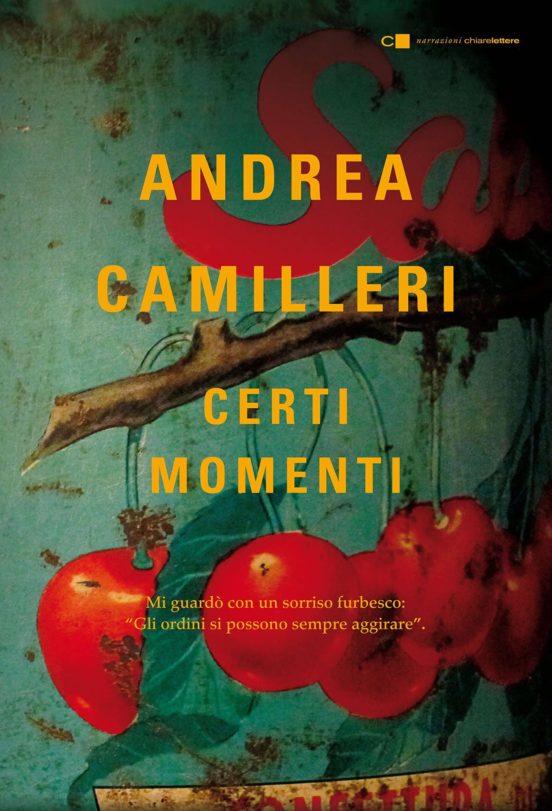
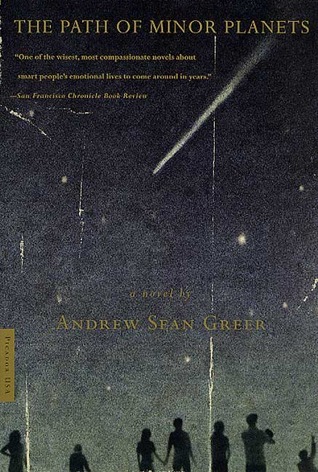
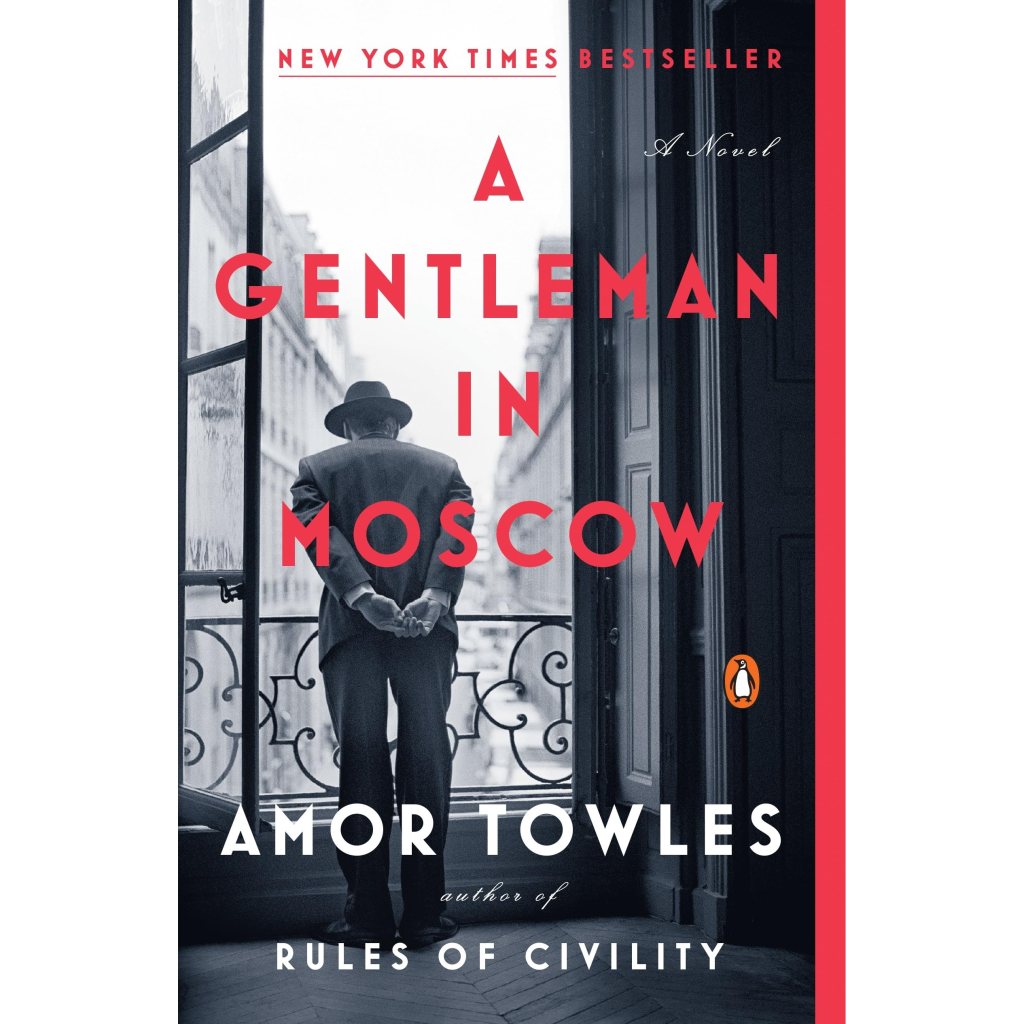



 Posted by paulsignorelli
Posted by paulsignorelli 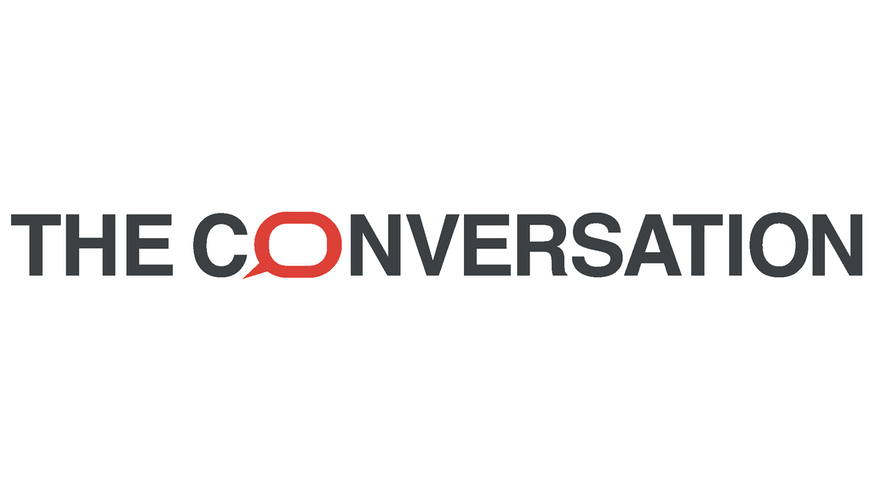

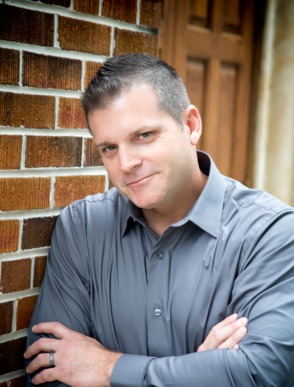




 The book itself is a paeon to the idea that innovation can be fostered as much by and within the limitations we face as trainer-teacher-learners as by thinking outside the box: “…the system, with its rules and limitations, is never a reason not to innovate. To the contrary, the system or ‘box’ you work within may be the very reason you need to innovate,” Couros writes in the opening pages of the introduction to the book. And, as has happened both times I have read books he has produced, I find myself taking an innovative approach to the act of reading itself: slowing down rather than racing through the text;
The book itself is a paeon to the idea that innovation can be fostered as much by and within the limitations we face as trainer-teacher-learners as by thinking outside the box: “…the system, with its rules and limitations, is never a reason not to innovate. To the contrary, the system or ‘box’ you work within may be the very reason you need to innovate,” Couros writes in the opening pages of the introduction to the book. And, as has happened both times I have read books he has produced, I find myself taking an innovative approach to the act of reading itself: slowing down rather than racing through the text; 

 Slowly making the transition from Week 2 to Week 3 of the six-week virtual voyage in this highly-interactive,
Slowly making the transition from Week 2 to Week 3 of the six-week virtual voyage in this highly-interactive,  My head is spinning. I have, in less than 10 minutes, gone from being completely unfamiliar with Anderson’s work to seeing that he has a tremendously valuable (free) online resource (his Twitter feed) for any trainer-teacher-learner-doer. Exploring that resource in the most cursory of ways, yet walking away with another resource (the 12 Principles chart). And taking the natural step of following that Twitter feed so I will have Anderson’s wisdom and resources as additional elements of my own ever-expanding
My head is spinning. I have, in less than 10 minutes, gone from being completely unfamiliar with Anderson’s work to seeing that he has a tremendously valuable (free) online resource (his Twitter feed) for any trainer-teacher-learner-doer. Exploring that resource in the most cursory of ways, yet walking away with another resource (the 12 Principles chart). And taking the natural step of following that Twitter feed so I will have Anderson’s wisdom and resources as additional elements of my own ever-expanding  Reading those first few pages of the print edition of the book brings us in contact not only with Couros’s lovely writing voice, but also, not surprisingly, with a variety of additional resources through references to videos and a few other books. Nothing revolutionary there…until we decide to take advantage of absorbing the book’s contents by pursuing all available contents, including those videos. So, instead of doing what I’ve done in the past—reading the text and promising myself that I would go back to the “extended content” that includes those videos and other books, I’ve taken a more leisurely approach this time around. When Couros mentions Dan Brown’s
Reading those first few pages of the print edition of the book brings us in contact not only with Couros’s lovely writing voice, but also, not surprisingly, with a variety of additional resources through references to videos and a few other books. Nothing revolutionary there…until we decide to take advantage of absorbing the book’s contents by pursuing all available contents, including those videos. So, instead of doing what I’ve done in the past—reading the text and promising myself that I would go back to the “extended content” that includes those videos and other books, I’ve taken a more leisurely approach this time around. When Couros mentions Dan Brown’s  It’s a theme that also came up recently among those of us participating in
It’s a theme that also came up recently among those of us participating in 



![Great_Good_Place[1]](https://buildingcreativebridges.files.wordpress.com/2011/01/great_good_place1.jpg?w=98)

